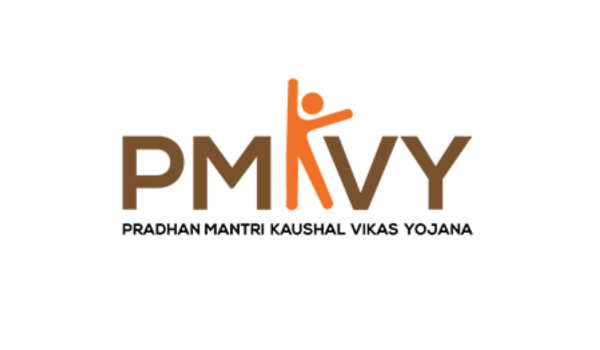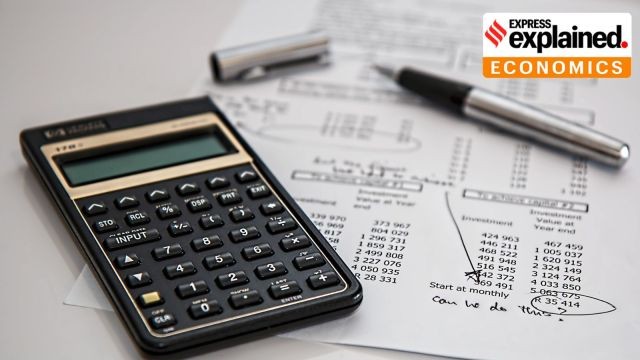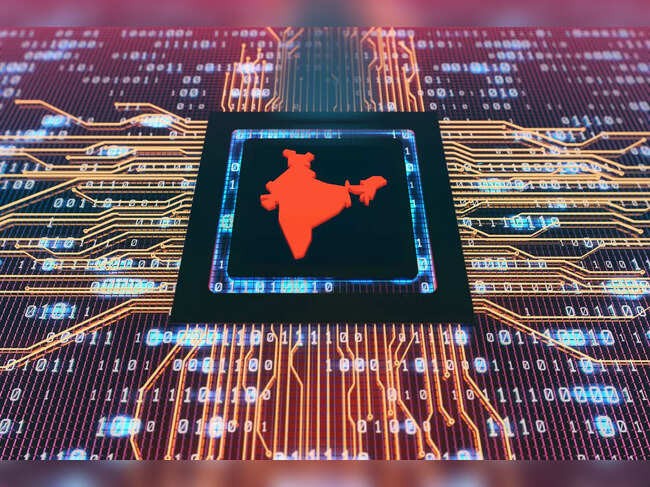



A G20 report by the World Inequality Lab warns that India’s wealth is heavily concentrated, with the top 1% holding 40.1% of national wealth while the bottom half owns only 6.4%. It urges G20 nations to impose a 2% global minimum tax on billionaires to curb inequality.

Copyright infringement not intended
Picture Courtesy: ECONOMICTIMES
According to a report commissioned by the South African Presidency of the G20, India's wealthiest 1% saw their wealth grow by 62% between the years 2000 and 2023.
Global Wealth Concentration
Wealth Concentration In India
By 2022-23, the top 1% of the population controlled 40.1% of the nation's total wealth and captured 22.6% of the national income (Source: World Inequality Lab).
Global Food Insecurity
The Gini Index is a statistical measure used to measure income or wealth distribution within a country or region.
Scale: It ranges from 0 (or 0%), representing perfect equality (where everyone has the same income), to 1 (or 100%), representing perfect inequality (where one person has all the income).
Interpretation: A lower Gini index indicates a more equal distribution, while a higher index points to greater inequality.
India's Status: According to the latest Household Consumption Expenditure Survey (2023-24), Gini coefficient of consumption expenditure has declined to 0.237 in 2023-24 (from 0.266 in 2022-23) for rural areas and to 0.284 in 2023-24 (from 0.314 in 2022-23) for urban areas.
Economic and Policy Factors
Financial Deregulation: Financial liberalization often causes market instability (eg. 2008 Global Financial Crisis) and speculative investments, benefiting asset owners (eg. bailout) over wage earners.
Weakening Labour Protection: Declining union power and deregulated labor markets have curbed wage growth for low- and middle-income workers.
Privatisation of Public Services: Privatization of basic services like healthcare and education reduces accessibility and affordability for the poor.
International and Structural Factors
Global Tax System: Existing international tax rules have allowed Multinational Corporations and the ultra-rich to exploit tax loopholes and use tax havens, resulting in less government tax revenue available for social spending.
Unfair Trade and IP Regimes: Intellectual Property (IP) rules benefit corporations in developed nations, limiting access to essential technologies and medicines in the developing world.
Colonial Legacies: Historical colonial resource extraction and unequal economic structures still impact many developing countries in Africa.
Economic
India's "K-shaped recovery" sees the wealthy prospering while the bottom 50% of the population, holding 6.4% of the national wealth, faces stagnant wages and rising debt, resulting in weak mass-market demand.
Wealth concentrates in capital-intensive sectors like real estate, IT, and finance, benefiting a few urban middle-class, instead of job-creating manufacturing that could employ agricultural workers.
India faces extreme wealth inequality, with the top 1% holding over 40% of the national wealth (high Gini coefficient), associated with "jobless growth," where economic expansion fails to create enough jobs for most people.
Social
High inequality leads to underfunded public health and education, as wealthier classes opt for private options.
Healthcare costs push around 63 million Indians into poverty each year. (Source: oxfam)
The COVID-19-driven shift to online education highlighted disparities: low-income students lacked access to necessary devices and the internet, exacerbating learning gaps.
Political
Wealth concentration enables a small elite to influence policies (e.g., tax concessions), leading to self-serving outcomes and reduced government funds for social spending.
|
Steps taken by Indian Government to reduce Inequality Social Security and Basic Amenities
Financial Inclusion and Economic Empowerment
Education and Skill Development
|
Implement Progressive Taxation
Shift tax reliance from regressive indirect taxes (like GST) to direct taxes (income, wealth, inheritance). Implementing an inheritance tax and wealth tax on the ultra-rich could boost revenue.
Enforce stricter measures to close corporate tax loopholes, ensuring high-profit companies pay their fair share, consistent with the global minimum tax goal; OECD's 15% global minimum corporate tax.
Strengthen Social Protection
Increase public spending on health (currently 1.9% of GDP) and education to 6%, as recommended by New Education Policy 20220.
Expand and adequately fund the MGNREGA and urban employment guarantee schemes to provide reliable social safety nets and ensure minimum wages.
Reform labour laws to protect collective bargaining rights to give workers a fair share of the value they create.
Reform Global Financial Architecture
India, as a leading emerging economy and G20 member, must advocate increased voting power and better representation for developing nations in the IMF and World Bank.
Regulate Corporations and Monopolies
Strengthen the Competition Commission of India (CCI) with strong antitrust laws to investigate and dismantle corporate monopolies and duopolies that harm competition, innovation, and consumers.
Design specific regulations for digital monopolies and platforms to ensure fair market access and safeguard consumer data.
Enhance International Cooperation
Advocate at the World Trade Organization (WTO) for a permanent waiver of certain Intellectual Property (IP) rules (like the TRIPS agreement) for life-saving medicines and green technologies.
Strengthen South-South cooperation (developing nations' collaboration) to share technology, expertise, and best practices for inclusive growth and climate resilience, reducing reliance on Western countries.
Reversing the extreme concentration of wealth through policy changes like progressive taxation and robust public services is essential for achieving the Sustainable Development Goals, especially SDG 10 (Reduced Inequalities), and building a sustainable and just future.
Source: ECONOMICTIMES
|
PRACTICE QUESTION Q. Discuss the key drivers of global wealth inequality as highlighted by recent G20 reports and suggest policy measures to address them. 150 words |
Global wealth inequality refers to the uneven distribution of assets (savings, real estate, stocks, etc.) minus liabilities (debt) among individuals worldwide. It is a key factor that exacerbates poverty and hinders overall well-being, with a small percentage of the global population holding the majority of the wealth.
Income inequality concerns the flow of new earnings (salaries, wages) over a period of time. Wealth inequality, which is far more pronounced, refers to the stock of accumulated assets at a specific moment in time.
The most common tool is the Gini coefficient (or Gini index), which measures inequality on a scale from 0 (perfect equality) to 1 (maximal inequality). The global Gini coefficient for wealth is substantially high, often cited as being above 0.90 (or 90%). Other measures, like the Palma ratio, compare the wealth share of the top 10% to the bottom 40%.








© 2025 iasgyan. All right reserved